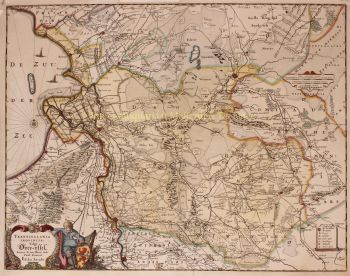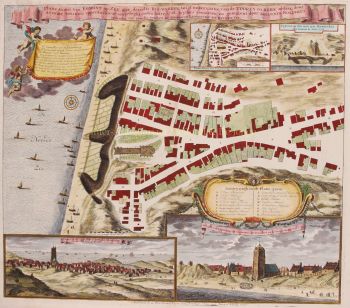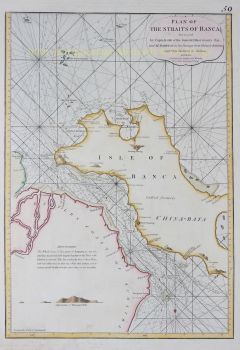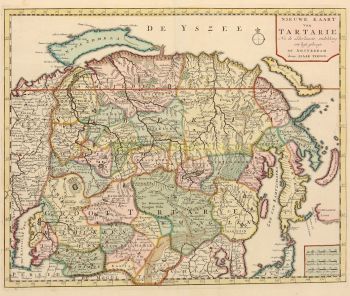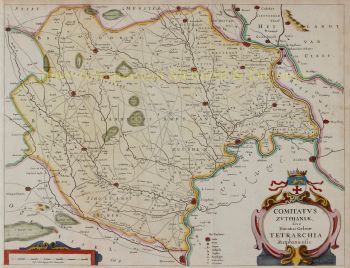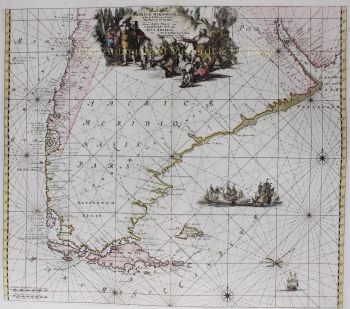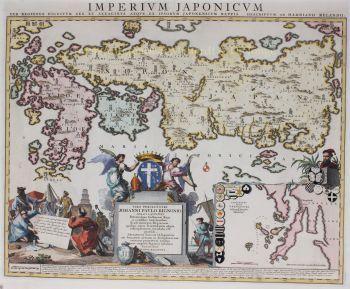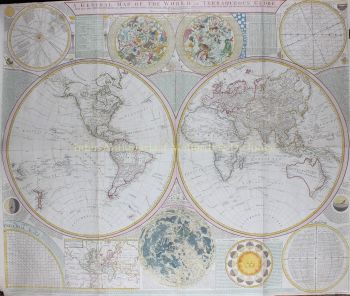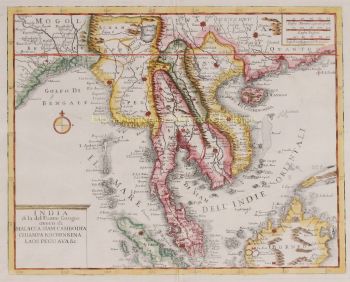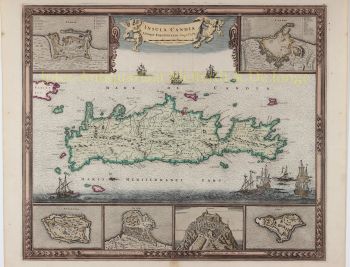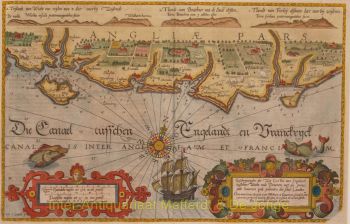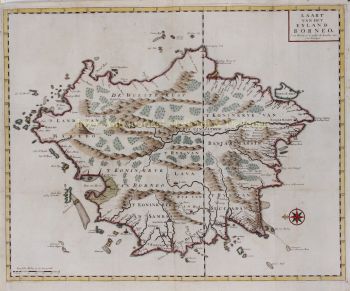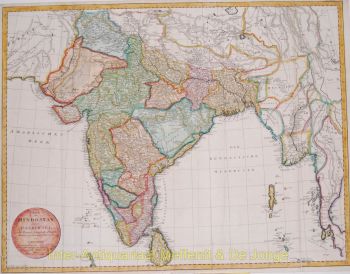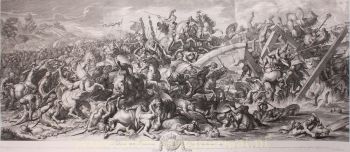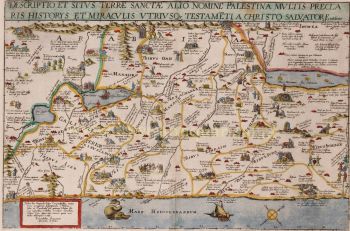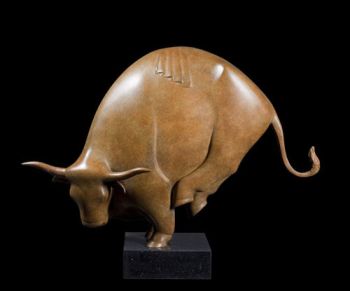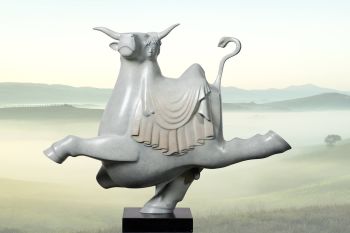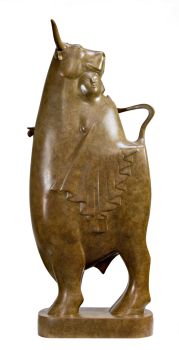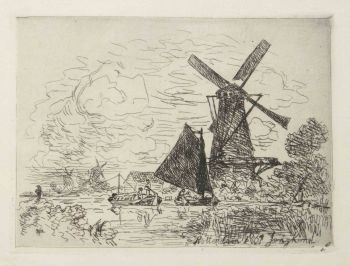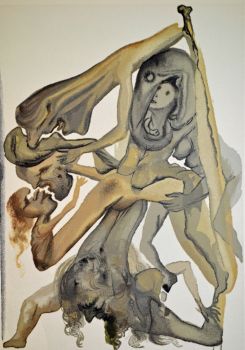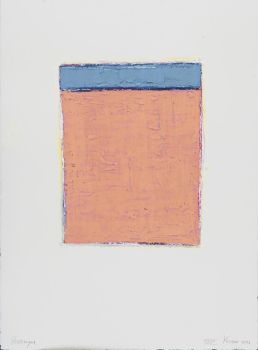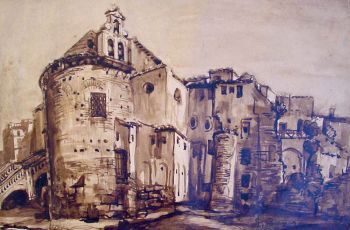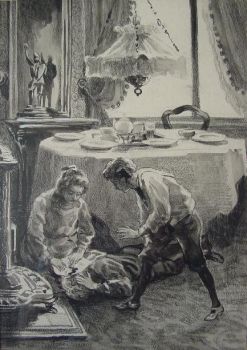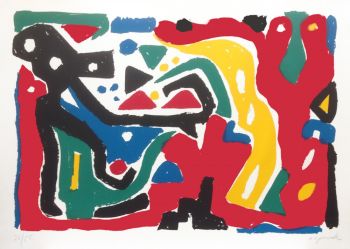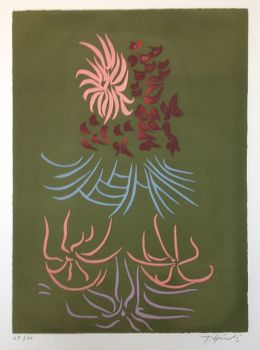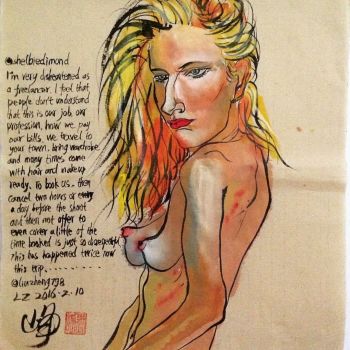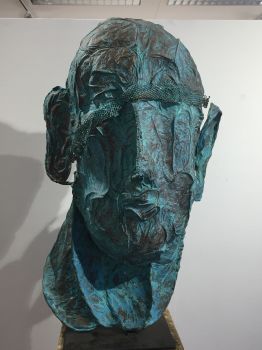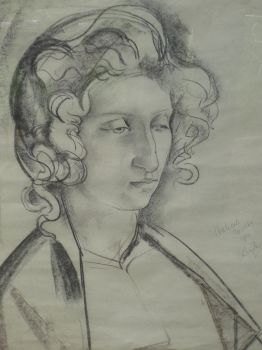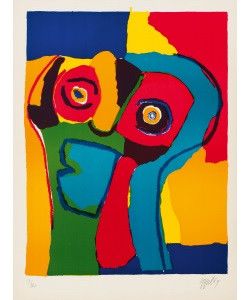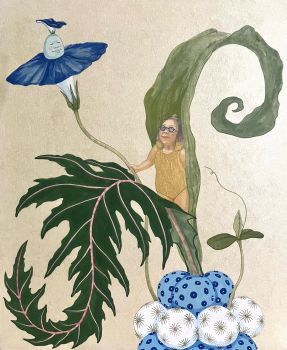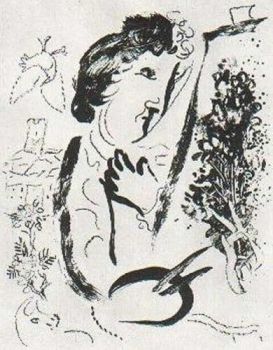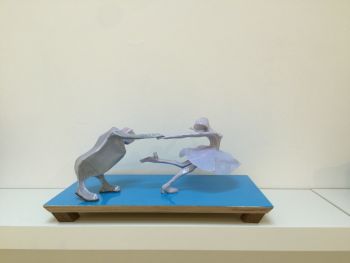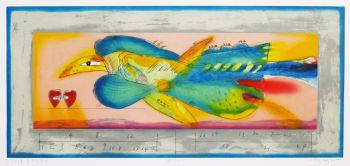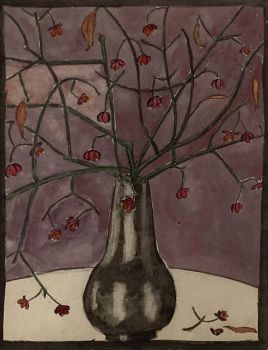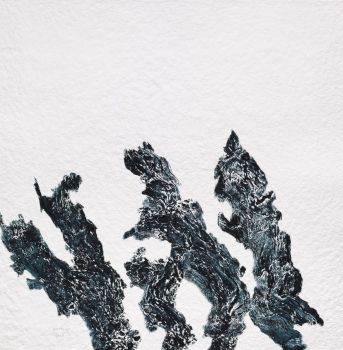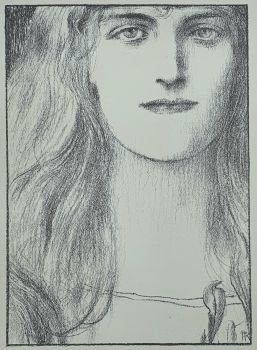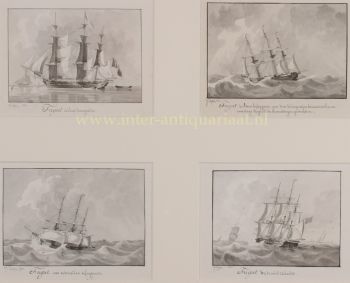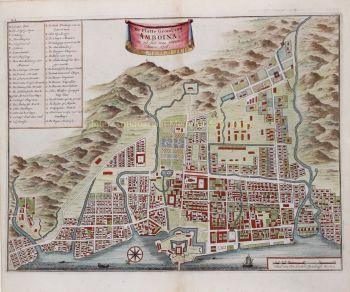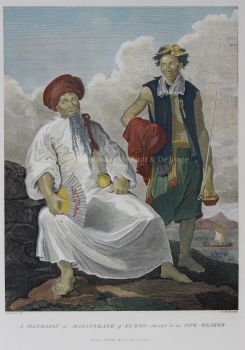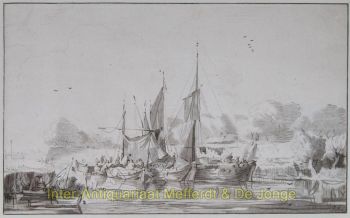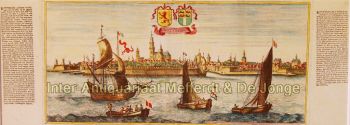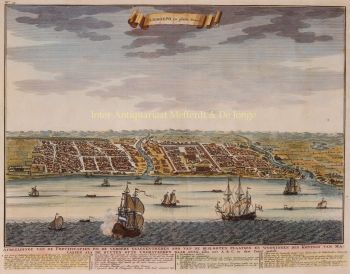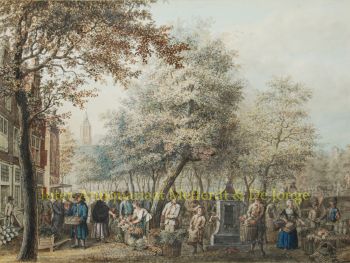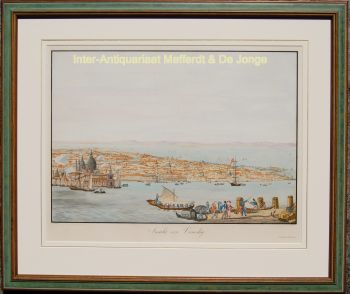Europe 1708
Herman Moll
Papel
58 ⨯ 96 cm
€ 1.350
Inter-Antiquariaat Mefferdt & De Jonge
- Sobre la obra de arteBEAUTIFUL LARGE FORMAT MAP OF EUROPE “Map of Europe according to the newest and most exact observations” Copper engraving printed from two plates first printed in 1708, here by John and Thomas Bowles for Herman Moll's “New and Compleat Atlas”. Original hand colouring (with later additions?). Size: 58 x 96 cm. The map is dedicated to queen Caroline of Great Britain, of whom we see a portrait, her coat of arms and 4 ornate figures, including two American Indians, an Englishman carrying a Union Jack and an Ottoman in turban and robe, all decorating the cartouche. Caroline of Ansbach (1683-1737) spent her teenage years at the Prussian court in Berlin, renowned for its patronage of artists and architects and its lively intellectual life. Caroline was surrounded by a circle of writers and intellectuals, and shared with them a taste for the visual arts. Her intelligence and keen interest in science and art was recognised in her own lifetime. Caroline was also a keen collector of miniatures, cameos and intaglios. Caroline was wife to George II, and became Queen of Great Britain on his accession in 1727. No surprise this map was decorated with her miniature portrait. The map includes an inset showing the canal which Peter the Great had dug that connected the Volga and the Don, thus connecting the Caspian and Black Seas. A dotted line illustrates the route from the place where the Don and Volga meet, through the Black Sea, through the Bosporus, the Aegean, and the Mediterranean to the Atlantic. Herman Moll was one of the most important London mapmakers in the first half of the 18th Century. Moll was probably born in Bremen, Germany, but moved to London to escape the Scanian Wars. His earliest work was as an engraver for Moses Pitt on the production of the English Atlas, a failed work that landed Pitt in Debtor's Prison. Moll's work quickly helped him become a member of a group that congregated at Jonathan's Coffee House at Number 20 Exchange Alley, Cornhill, where speculators met to trade stock. Moll's circle included the scientist Robert Hooke, the archaeologist William Stukeley, the authors Jonathan Swift and Daniel Defoe, and the intellectually gifted pirates William Dampier, Woodes Rogers, and William Hacke. From these contacts, Moll gained a great deal of privileged information that was included in his maps. Price: Euro 1.350,-
- Sobre el artista
Herman Moll (c. 1654-1732) fue uno de los cartógrafos londinenses más importantes de la primera mitad del siglo XVIII. Moll probablemente nació en Bremen, Alemania, alrededor de 1654. Se mudó a Londres para escapar de las guerras de Scanian. Su primer trabajo fue como grabador para Moses Pitt en la producción del Atlas inglés, un trabajo fallido que llevó a Pitt a la prisión de deudores. Moll también grabó para Sir Jonas Moore, Grenville Collins, John Adair y la firma Seller & Price. Publicó sus primeros mapas originales a principios de la década de 1680 y había establecido su propia tienda en la década de 1690.
El trabajo de Moll rápidamente lo ayudó a convertirse en miembro de un grupo que se reunía en Jonathan's Coffee House en Number 20 Exchange Alley, Cornhill, donde los especuladores se reunían para negociar acciones. El círculo de Moll incluía al científico Robert Hooke, el arqueólogo William Stuckley, los autores Jonathan Swift y Daniel Defoe, y los piratas intelectualmente dotados William Dampier, Woodes Rogers y William Hacke. De estos contactos, Moll obtuvo una gran cantidad de información privilegiada que se incluyó en sus mapas.
A lo largo de su carrera, publicó docenas de geografías, atlas e historias, sin mencionar numerosos mapas de hojas. Sus obras más famosas son Atlas Geographus, una revista mensual que se publicó entre 1708 y 1717, y The World Described (1715-54). También hizo con frecuencia mapas para libros, incluidos los de las publicaciones de Dampier y los viajes de Gulliver de Swift. Moll murió en 1732. Es probable que sus placas pasaran a otro contemporáneo, Thomas Bowles, después de esta muerte.
¿Está interesado en comprar esta obra de arte?
Artwork details
Related artworks
- 1 - 4 / 24
- 1 - 4 / 4
Emile Bernard
Sketch of the surroundings of Tonnerre1888 - 1941
Precio a consultarKunsthandel Pygmalion
Jan Sluijters
Original illustration of Sluijters for the book: 'Laura's opstel'1881 - 1957
Precio a consultarKunsthandel Pygmalion
Artista Desconocido
Set of eight gouache drawings1799 - 1801
Precio a consultarRobert Schreuder Antiquair
1 - 4 / 24- 1 - 4 / 12




